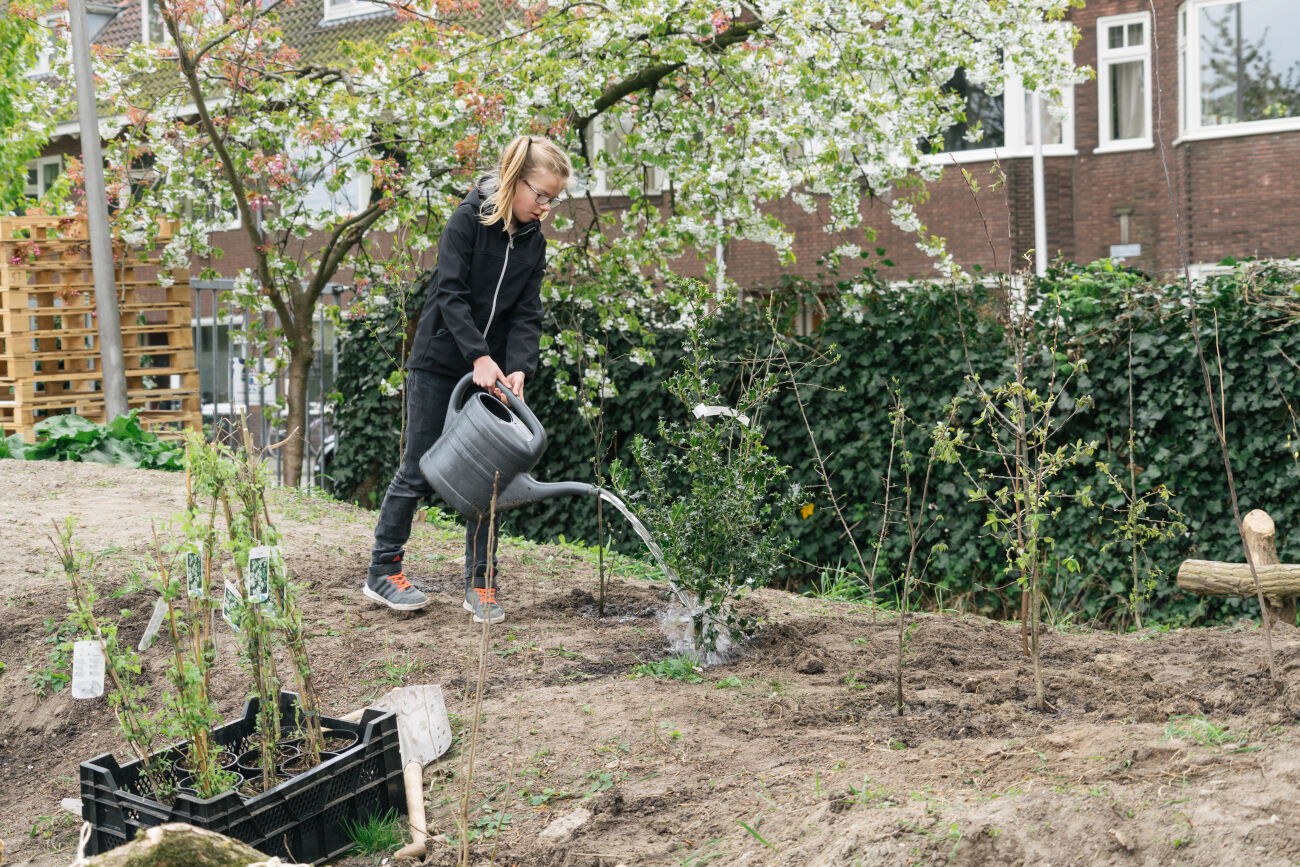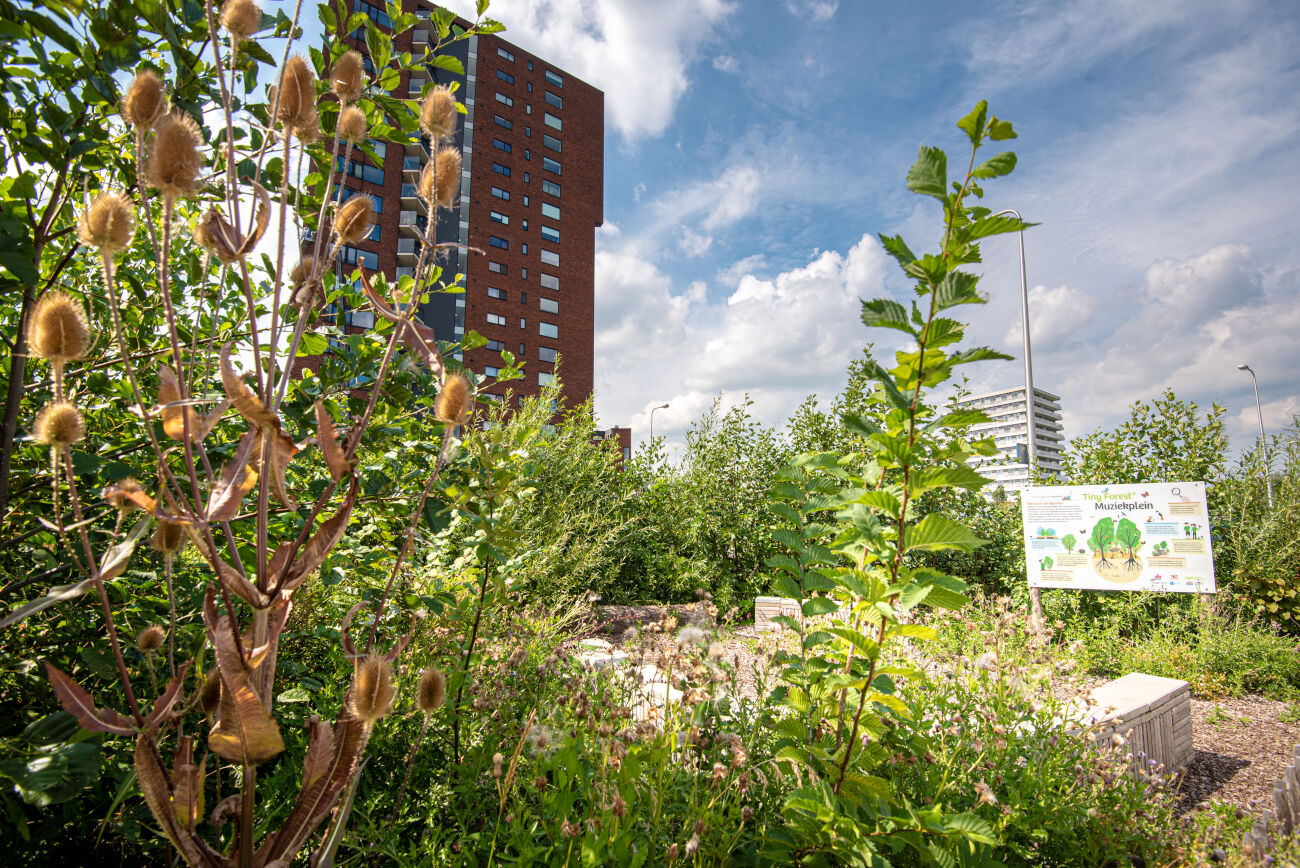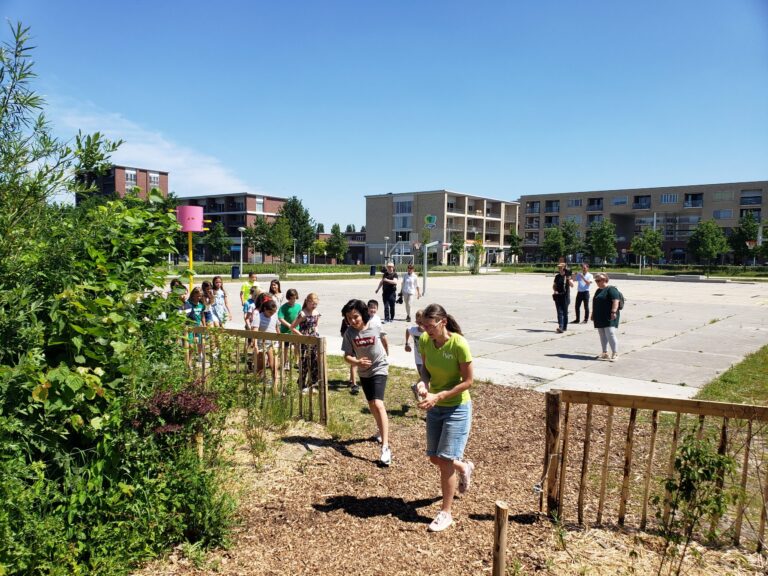The report by Wageningen Environmental Research explores the biodiversity of two Tiny Forests in Zaanstad. It shows that these small, densely planted urban forests attract more species than nearby reference areas, making them valuable for local nature. The research also demonstrates that citizen science—data collection by volunteers—can be an effective method for biodiversity monitoring, as long as participation is consistent.
Research
In February 2017 scientists from WENR started to monitor the effects of our first Tiny Forest in the municipality of Zaanstad. This study ran for a year. Thanks to the Dutch Postcode Lottery we were able to start a four year research program in February 2018, that is executed by the same scientists. In this study they monitored the effect of eleven Tiny Forests on biodiversity, CO2 sequestering, thermal comfort and water retention. The scientists from WENR got help from 100 citizen scientist in 2019 and 2020, who assisted with the monitoring of the biodiversity. What have we learned about the effects of Tiny Forest so far?





